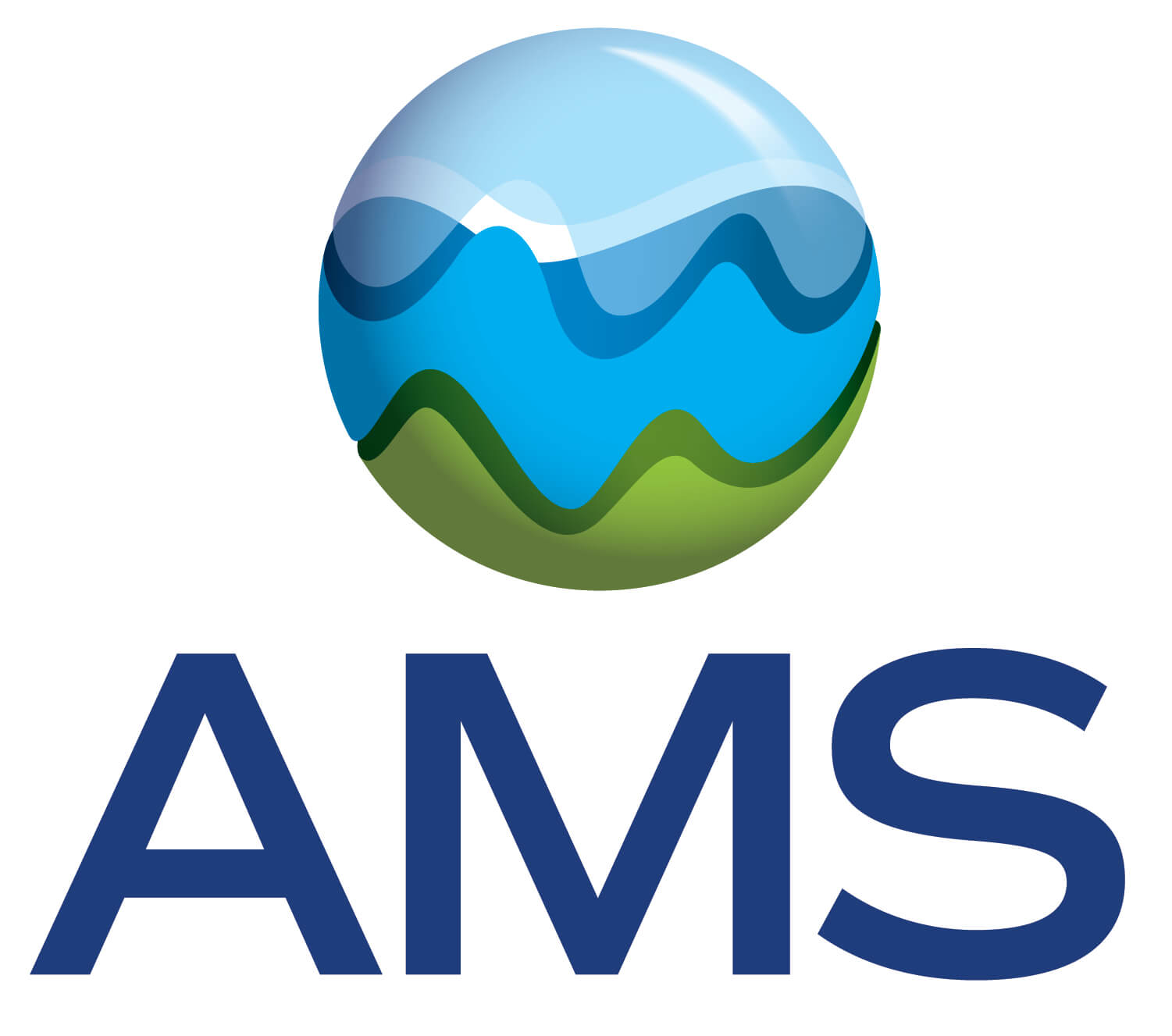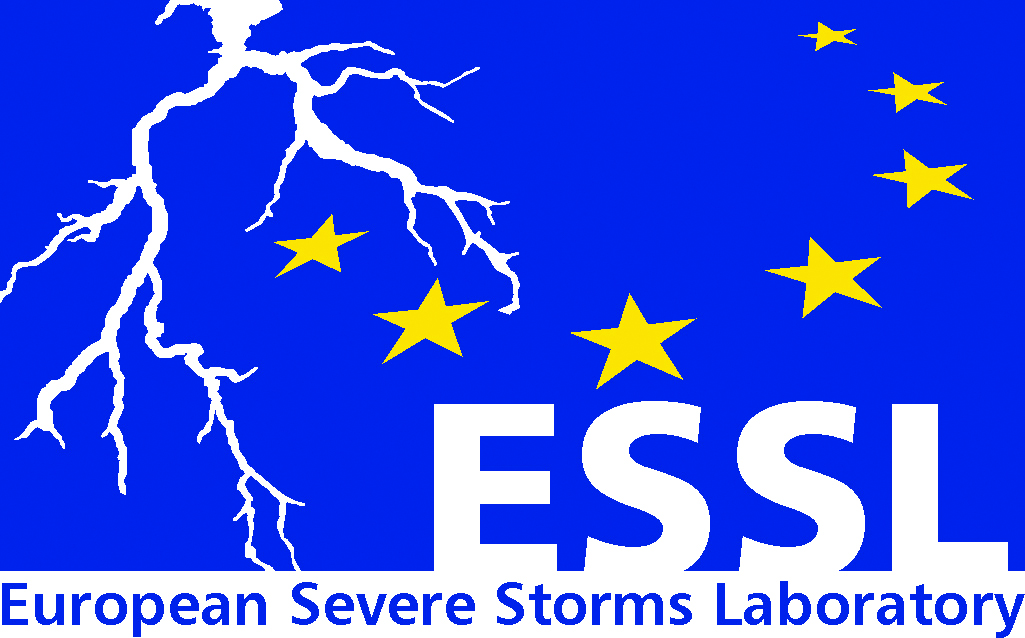Disentangle the climate variability over the Western Mediterranean in the midst of climate change
- 1Barcelona Supercomputing Center, Earth Sciences Department, Barcelona, Spain
- 2Institució Catalana de Recerca I Estudis Avançats, Barcelona, Spain
The observed warming in the Western Mediterranean (WM) region during the last decades is projected to continue and grow larger than the global mean, which is why it has been labeled as a climate change hotspot. Even within a relatively small region such as the WM, the combination of natural climate variability and anthropogenic climate change can lead to a large spatial variety of extreme weather and climate events.
This study focuses on analysing temperature and precipitation in the WM region at different time scales, using a climate regionalization that considers the WM climatic heterogeneity, emphasising the detection of long-term trends and performing an initial attribution of their sources.
The regionalisation process involves the utilisation of monthly temperature and precipitation data from ERA5 during 1950-2020. The regionalisation starts with a pre-filtering of the data with empirical orthogonal functions. A non-hierarchical K-Means clustering was then conducted, followed by a sensitivity analysis to determine the optimal number of clusters, considering the internal representativeness of each group and the seasonal differences between groups.
A time-scale decomposition was carried out to disentangle the contribution of different time scales to the regional temperature and precipitation time series of the regions identified. The non-linear, long-term trend component is obtained via regression of the regional temperature and precipitation series with the smoothed global mean-surface temperature anomaly, using the GISTEMPv4 database. The rationale is that precipitation and temperature change not only as a result of time but also due to global warming. To account for the monotonic time-related trend, a Mann-Kendall test is used for trend detection. The decadal "natural" component of the series is obtained as a residual from the trend and filtered using an order-two Butterworth filter with half-power at a period of 10 years. Finally, the interannual component of the series is obtained as a residual from the decadal part.
Finally, a preliminary attribution analysis was conducted using data from the Detection and Attribution Model Intercomparison Project (DAMIP) climate simulations to disentangle the contributions of different external factors to the climate system in the observed long-term trends.
Results show that most of the variance in temperature series is explained by the long-term trend associated with climate change (~65%), while for the precipitation series, variance is dominated by interannual variability (~60%). These results vary seasonally and spatially throughout the year, with the highest warming trends observed in the Mediterranean coast of the Iberian Peninsula and Africa in summer and the highest drying trends in the southwestern Mediterranean both in summer and winter. The net long-term warming observed in the series is mainly induced by the effect of greenhouse gases, while aerosols provide a smaller cooling effect.
How to cite: Campos Díaz, D., Olmo, M., Muñoz, A., Doblas-Reyes, F., and Cos, J.: Disentangle the climate variability over the Western Mediterranean in the midst of climate change, EMS Annual Meeting 2024, Barcelona, Spain, 1–6 Sep 2024, EMS2024-613, https://doi.org/10.5194/ems2024-613, 2024.















